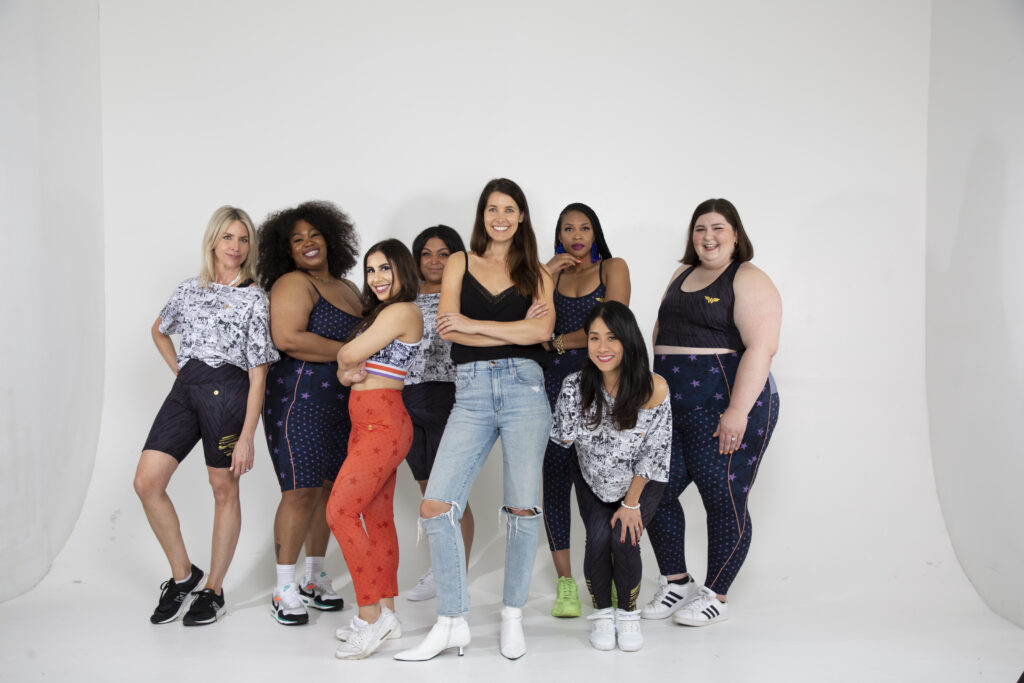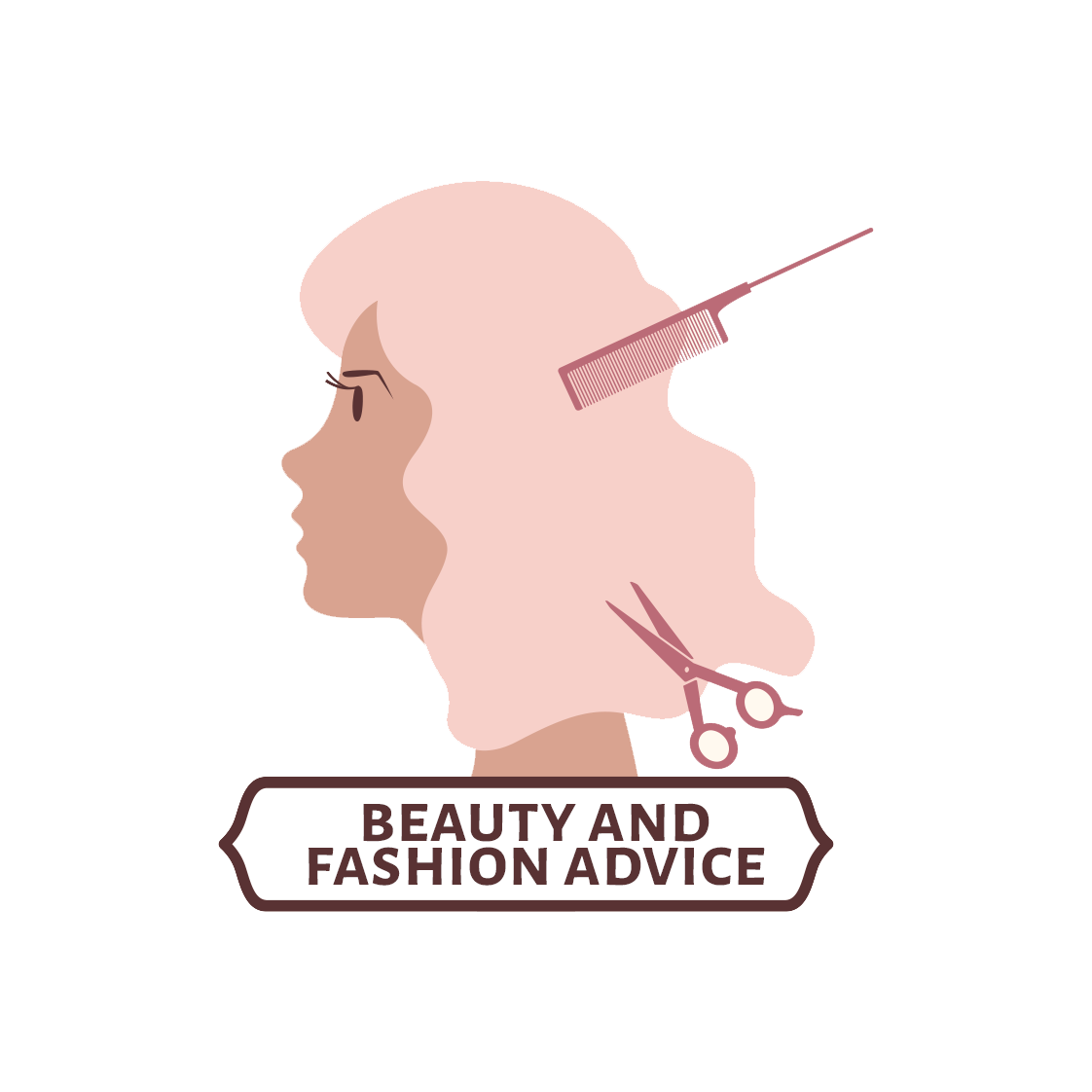New York Fashion Week kicks off on September 6th, and while most will be watching the runways to see the latest trends, our team will be eagerly watching (and hoping) to see more representation and diversity.
Earlier this year, Vogue Business published a study on size-inclusivity at AW24, classifying looks as straight size (0-4), mid-size (6-12) and plus size (14+). Their study showed that a dismal 0.8% of looks at New York Fashion Week were plus size.
We all know that fashion is not representative, but a lack of up-to-date credible data has meant it’s been hard to say exactly how unrepresentative it is. That’s why we decided to share ours.
Since launching in 2020, Mys Tyler has been downloaded by over 600,000 women across the globe who enter their body data so we can match them with like-bodied fashion creators. We realized our data could plug this gap and highlight the need for better representation in the fashion industry. We’ve just launched Mys Tyler Insights: US Edition with data from over 42,000 American women aged 18+.

Our data suggests that the majority of American women (54.4%) are considered plus size, when compared to the 0.8% of plus size looks at fashion week, this disparity is clearly evident (and shocking).
Many women “feel” underrepresented, and now we hope they can feel validated, with data to back up their personal experiences.
Other insights from our data suggest:
- The average American woman wears a size 14 and is ‘plus size’
- The most common dress size in America is size 16
- The average American woman has a height of (5’4″)
- The average cup size worn by American women is a D
- And most American women (58.3%) wear a D cup or larger


Given the substantial market for plus size, it’s disappointing that the feedback we consistently hear from our community is that the category often feels like an after-thought. Poor (or boring) design, fit issues, lack of availability in brick and mortar (even when brands stock extended sizing, they frequently only carry them online), and an absence of representation across diverse bodies.
Even if there is a “token” plus size model, they are often tall, hourglass, young and with no visible cellulite which again is not representative of most bodies.
There’s been a number of brands recently that have reduced their size range noting a lack of demand, but knowing there is a market, we are pointing the finger back at them – did they create a quality product, and let their target audience know they stocked their size? Did they make it easy (and less risky) for customers to give them a try?
We know that many brands aren’t doing a great job, and we want to offer some advice.
What Brands can be Doing Better to Serve the Average American Woman Who Is Plus Size:

- Invest in research and design to create quality fit that is also on trend
- Show clothing on a diversity of bodies – the more diversity the easier it is for users to know if the brand is relevant, and imagine the clothes on their bodies
- Stock their full range of sizing in-store if they have physical locations, allow women the chance to try things on without the risk of online shipping and returns
- Engage with plus size creators who can spread the word that you cater to them, especially if they’re new to the market
You don’t have to be a fashion lover, for fashion to be relevant in your life. We all have to get dressed every day, and we all feel better when we like our outfit. If you can’t see fashion on a body like your own (height, size, shape, coloring and age), it can be challenging to know if an item is going to fit you, and that’s IF it even comes in your size!
Underrepresentation in the fashion industry not only has a negative impact on how women feel about their bodies, but it directly translates to an inefficient shopping experience, poor fit, and high return rates – negatively impacting profits, and environmental sustainability.
We hope this data gives brands the evidence to properly support and invest in the average American woman of all shapes and sizes.
Sarah Neill is the Founder and CEO of Mys Tyler, the social-commerce app set to solve the $1 trillion “fit” problem by creating a more empowering and personalised shopping experience for all women.
Continue Reading















